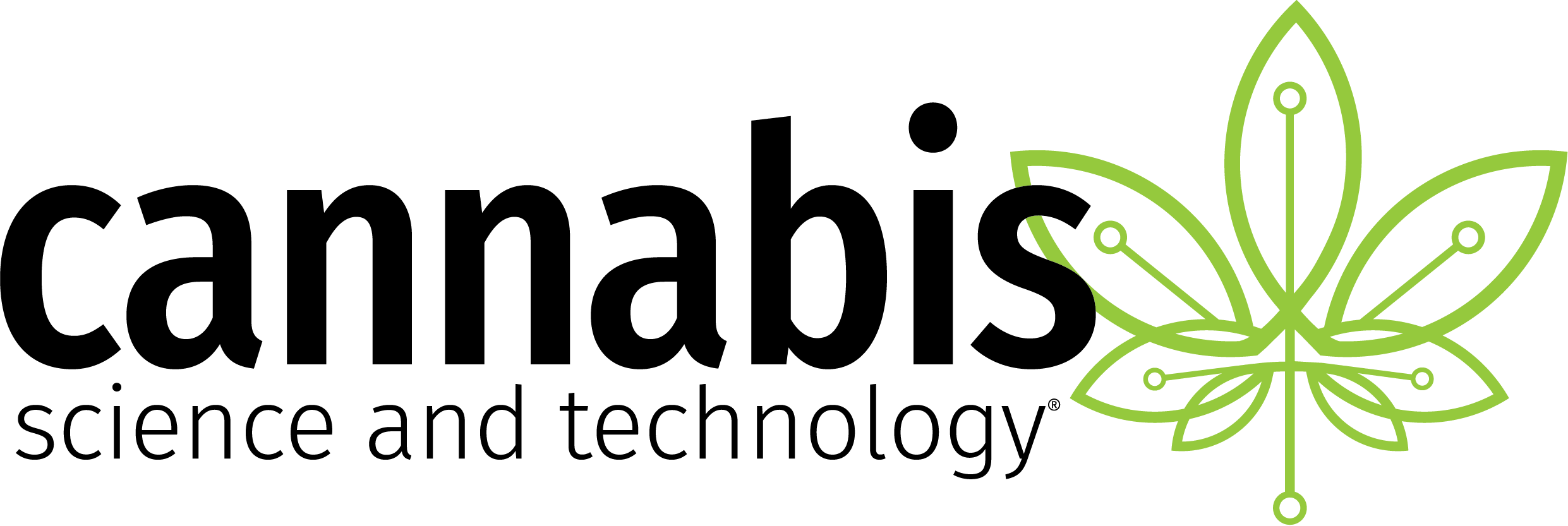
No Link Between Drug Safety in U.S. and Approval Speed, According to Tufts Center for the Study of Drug Development
Quicker approval of new drugs by the U.S. Food and Drug Administration (FDA) has not increased the number of prescription drugs withdrawn for safety reasons in this country, according to an analysis recently completed by the Tufts Center for the Study of Drug Development.
BOSTON – Sept. 7, 2005 – Quicker approval of new drugs by the U.S. Food and Drug Administration (FDA) has not increased the number of prescription drugs withdrawn for safety reasons in this country, according to an analysis recently completed by the Tufts Center for the Study of Drug Development.
The study, highlights of which were released today, failed to establish a link between FDA approval times and drug safety, said Tufts CSDD Director Kenneth I Kaitin.
"Given rising public concern over drug safety, and assertions by FDA critics that drug safety in the U.S. has deteriorated since the adoption of user fees in 1993, we wanted to investigate the matter," he said.
"To date we have found no evidence that links the rate of drug safety withdrawals and the passage of legislation more than a dozen years ago aimed at speeding new drug approvals. In fact, since 2000 the rate of safety withdrawals in the U.S. has dropped."
Passed in 1992, the Prescription Drug User Fee Act (PDUFA) authorized the FDA to collect fees from drug companies to be used, in part, to hire additional reviewers and improve the drug review process. PDUFA was reauthorized in 1997 and again in 2002.
According to Tufts CSDD, 3.2% of all the drugs approved for sale in the U.S. in the 1980s were subsequently withdrawn. That rate increased slightly to 3.5% during the 1990s, and since then has dropped to 1.6%.
"Many factors influence drug safety, and while the vast majority of prescription drugs for sale in the U.S. offer demonstrable benefits over the risk of using that drug, it's important to understand if any aspects of the regulatory and approval process contribute to an imbalance in the benefit to risk ratio," Kaitin said. "We'll continue to study, as part of our ongoing analyses on drug safety and the regulatory review process, the effects of PDUFA on new drug development."
The Tufts CSDD analysis, summarized in the September/October Tufts CSDD Impact Report, also found that:
- Average time between date of FDA approval and date of subsequent safety withdrawal dropped from 3.7 years in the 1980s to 1.4 years in the 1990s. That time has dropped to 0.7 years in the current decade, but could change if recently approved drugs are later withdrawn.
- Longer approval times do not assure greater safety. The average approval time of 2.14 years for drugs withdrawn since 1980 compares to 2.08 years for all approvals during that time.
- Faster approval times also do not correlate with safety withdrawals within therapeutic class.
About the Tufts Center for the Study of Drug Development
The Tufts Center for the Study of Drug Development (
Newsletter
Stay current in clinical research with Applied Clinical Trials, providing expert insights, regulatory updates, and practical strategies for successful clinical trial design and execution.





.png)



.png)



.png)
.png)
